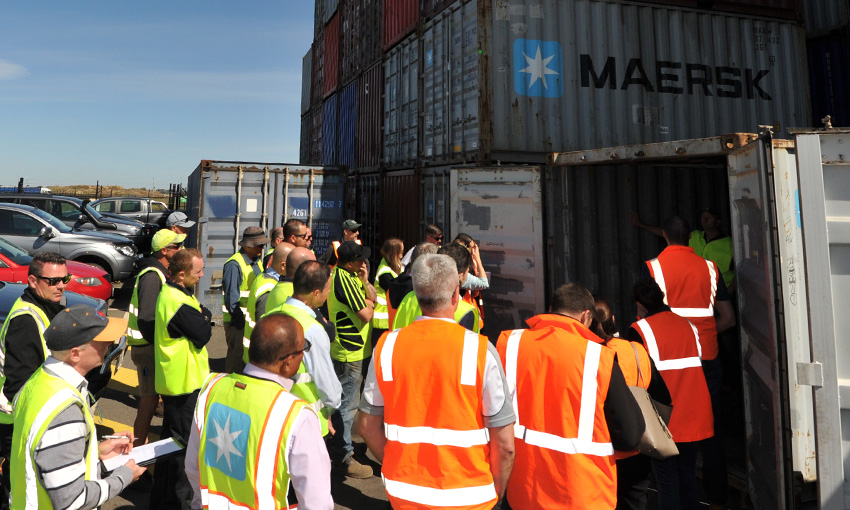COVERING container inspection, assessment, cleaning and repairs, Standards for Empty Shipping Container Inspection is in an easy-to-access and easy-to-follow digital booklet form that is illustrated with flowcharts, diagrams, and pictures of acceptable and unacceptable containers.
It is a live work, which means that it will be updated over time.
The new guide complements the Department of Agriculture Water and the Environment’s (DAWE) Plant Export Operations Manual Volume. The new guide will help shippers and exporters get their containers inspection-ready.
Empty boxes are inspected to ensure that the container will not alter the pest or disease status of goods during transit. The inspection supports the DAWE phytosanitary certification. Passing a container inspection avoids container-rejection, a consequent need for shippers to get a new box and it prevents new costs or delay being incurred.
The updated standards were produced by Shipping Australia, the DAWE and Grain Trade Australia for the benefit of grain container packers and exporters, ship owners, container park operators and anyone with an interest in containers, whether that’s clean boxes, food quality containers, general purpose boxes or scrap-cargo containers.
Grain Trade Australia CEO Pat O’Shannassy said the Australian grain supply chain has a reputation for delivering a clean and safe product across the bulk and container supply chains.
“This reputation will be protected and enhanced through industry Standards such as this document and I am grateful for the support from Shipping Australia and DAWE that enabled these Standards to be available,” he said.
Shipping Australia CEO Melwyn Noronha said the document is a great achievement by industry and government working together.
“It provides all stakeholders in the container supply chain with the appropriate reference material to achieve compliance, which will reduce costs and delays.” Mr Noronha said.
A spokesperson from the Department of Agriculture, Water and the Environment said the document complements the department’s guide for certification of containers which carry Australian exports of grain and plant products.
“It will assist all stakeholders in the container supply chain to meet export requirements, reducing costs to the industry and delays in getting Australian produce to our export markets,” the spokesperson said.
The updated document can be accessed via the Shipping Australia website.

